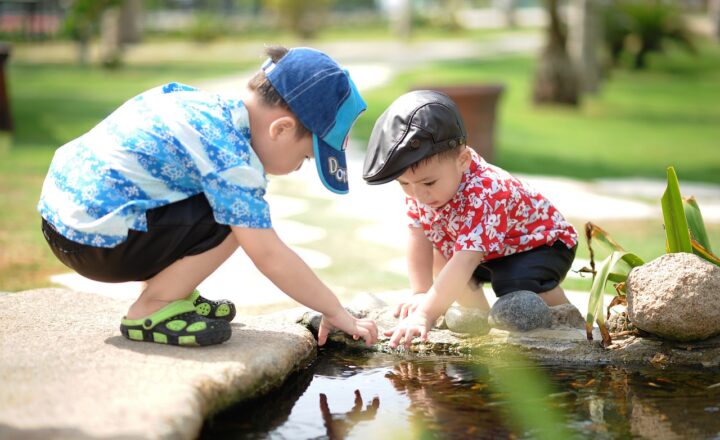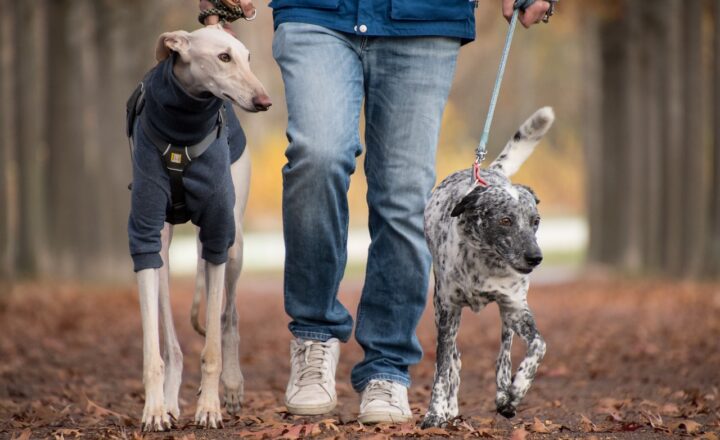Why Cats Seem to Know When We’re Sad: Understanding the Empathy of Our Feline Friends
November 13, 2024

Cats have been our companions for thousands of years, yet their behavior often baffles us. One of the most intriguing traits of our feline friends is their apparent ability to sense human emotions, particularly sadness. Have you ever noticed your cat curling up next to you when you’re feeling down or looking at you with an unusual intensity? These moments might leave us wondering whether our cats truly empathize with our feelings. In this article, we will dive deep into the world of feline empathy, exploring the psychological and biological aspects of this remarkable connection between cats and humans.
1. Understanding Feline Behavior: A Connection with Humans
Cats are often portrayed as aloof and independent, but they possess a range of social behaviors that indicate they are more in tune with us than conventionally assumed. To understand how cats might sense our sadness, we must first explore the social nature of felines. Unlike dogs, which have been bred for thousands of years to adapt to human societies, cats have retained many of their natural instincts, including hunting and solitary behavior.
However, domesticated cats have learned to navigate human emotions and environments effectively. They are attuned to our vocal tones, body language, and even specific scents. This adaptability is essential to their survival and helps form the deep bond we share with them.
2. The Science of Cat Empathy
Recent studies have begun to shed light on the emotional intelligence of cats. While there is still much to learn, evidence suggests that cats can discern human emotions through non-verbal cues. Here are several factors that contribute to this phenomenon:
- Vocalizations: Cats are keen observers of human vocal tones. They can differentiate between happy and sad tones, which influences their response. When you speak in a lower, softer voice, they may recognize it as a sign of distress.
- Body Language: Cats are uncanny at reading body language. When you slump your shoulders or avoid eye contact, they can sense that something is wrong. In contrast, an upright and animated posture can signal that you are happy and engaged.
- Facial Expressions: Research indicates that cats are capable of recognizing human facial expressions. Your cat may have noticed that when you smile, you often make eye contact with them or react positively, reinforcing behaviors that elicit some sort of engagement.
These abilities suggest that, as social creatures, cats possess a level of awareness about their human companions that is often underestimated.
3. The Role of Scent in Feline Empathy
Cats rely heavily on their sense of smell to interpret the world around them. They have about 50 to 80 million scent receptors, which is significantly higher than humans. When you experience sadness, your body produces chemical changes, including alterations in your scent profile due to the release of hormones like cortisol, often referred to as the stress hormone.
This means that while you’re feeling down, your cat may detect these subtle changes in your body odor. These olfactory signals can trigger their innate responses—helping them zero in on your mood even before you physically express it.
4. The Comforting Presence of Cats
When a cat snuggles up to you during a gloomy moment, it’s not just a coincidence. This behavior might be an instinctive response to help comfort their human companions. Studies suggest that the presence of pets can decrease feelings of depression and anxiety among owners. Here’s how this works:
- Physical Touch: The act of petting a cat can release oxytocin, a hormone associated with bonding and affection. This chemical can help alleviate stress and create feelings of warmth in difficult times.
- Routine: Cats thrive on routine, and their steady presence in your life can provide a comforting sense of normalcy, especially during emotional turmoil.
- Non-judgmental Companionship: Cats offer companionship without judgment. In their eyes, there are no expectations or social pressures, creating a safe space for emotional expression.
Thus, when your cat instinctively lays down beside you, it may be their way of providing support during hard times, reinforcing the emotional bond shared between the two of you.
5. The Bond of Trust Between Cats and Humans
The emotional connection we form with our cats can be attributed to mutual trust. Trust evolves over time, and as you nurture your relationship with your feline friend, their empathetic responses may strengthen. Here are a few ways to deepen this bond:
- Engage in Play: Regular playtime with your cat not only helps build a trusting relationship but also stimulates their mental and physical health. This interaction allows you to share positive experiences.
- Provide a Safe Environment: Create a comfortable environment where your cat feels safe. When they see you as a source of comfort and security, their empathetic responses towards your emotions may heighten.
- Practice Mindfulness: Paying attention to your cat’s behaviors can help you understand their needs, and vice versa. This exchange of communication reinforces trust and empathy.
As the bond of trust deepens, your cat may become even more tuned in to your emotional state, demonstrating heightened empathy.
6. Conclusion: The Unique Connection We Share
Feline empathy may manifest in various ways, including physical proximity, grooming behavior, and attentiveness to our emotional states. While they may not fully understand human emotions, cats undoubtedly exhibit a level of empathy that can enrich our lives. They become our companions and offer comfort through their presence and responsiveness.
In understanding the bond with our feline friends, we can foster an environment that nurtures their sensitivity to our emotions. By creating a supportive and loving space, we ensure that our cats continue to respond to our moods while deepening our unique connection with them.
Next time you notice your cat curling up next to you during a somber moment, remember that they might just be trying to say, “I’m here for you,” in their own special way. Understanding this bond not only enhances our appreciation of our pets but also deepens the emotional ties we share together, proving that sometimes, the most surprising companionship can come from our furry friends.






